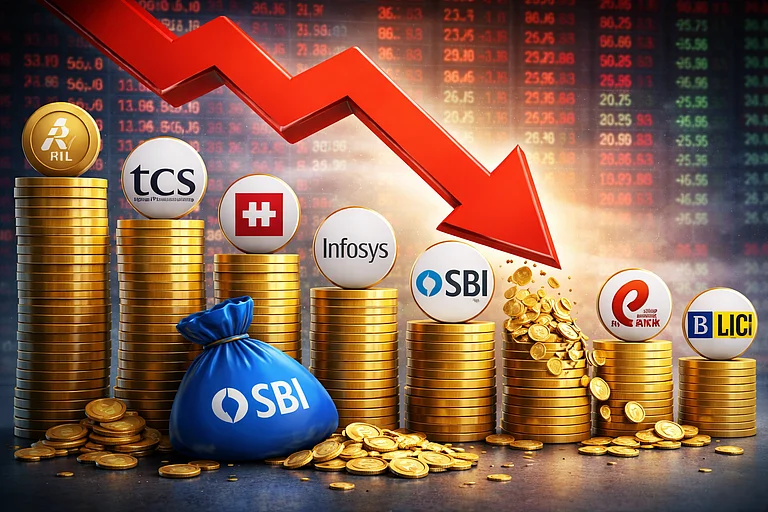Besides raising the repo rate by 25 basis points on Wednesday, the Reserve Bank of India (RBI) restored the pre-pandemic trading hours for government securities from 9 am to 5 pm IST. Due to the Covid-19 pandemic disruptions, RBI had earlier restricted the trading hours from 9.00 am to 3.30 pm IST.
“As part of our gradual move towards normalising liquidity and market operations, it has now been decided to restore market hours for the government securities market to the pre-pandemic timings of 9 am to 5 pm,” RBI Governor Shaktikanta Das said while announcing the Monetary Policy Committee’s decision.
RBI also proposed lending and borrowing of G-Secs to develop the G-Sec market further. “This will provide investors an avenue to deploy their idle securities, enhance portfolio returns and facilitate wider participation. This measure will also add depth and liquidity to the G-Sec market, aid efficient price discovery, and work towards a smooth completion of the market borrowing program of the Centre and states,” RBI said.
However, RBI restored some instruments' trading hours to the pre-pandemic timings starting December 12. In a statement on December 7, 2022, it said, "It has now been decided to restore market hours in respect of call/notice/term money, commercial paper, certificates of deposit and repo in corporate bond segments of the money market and for rupee interest rate derivatives." Accordingly, the market timings of these instruments were restored to 9.00 am to 5.00 pm from 9.00 am to 3.30 pm IST.
The central bank has now said it would also restore the trading hours for the G-Sec market to the pre-pandemic levels.
Due to the COVID-19 pandemic and operational disruptions, market hours were reduced. The Covid outbreak has necessitated restrictions on the movement of people and non-essential activities and disaster recovery plans, and according to RBI, “the resultant dislocations have adversely impacted the functioning of financial markets. Staff and IT resources have been severely affected, posing operational and logistic risks. The thinning out of activity is impacting market liquidity and increasing volatility of financial prices”.













